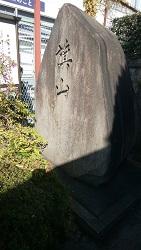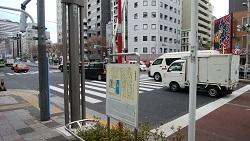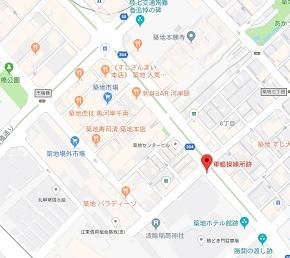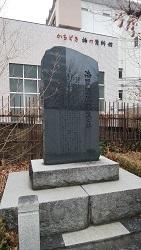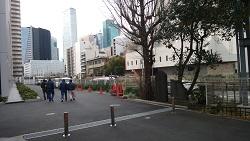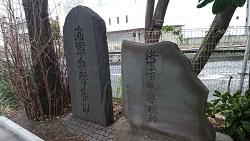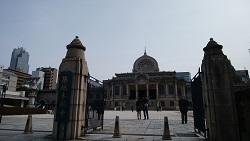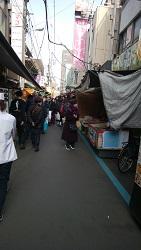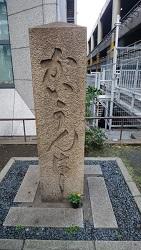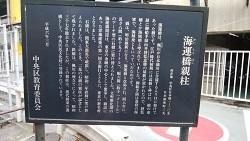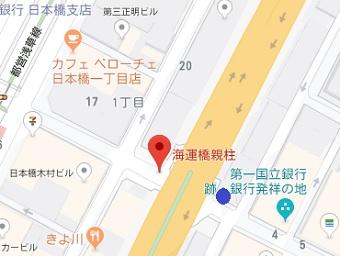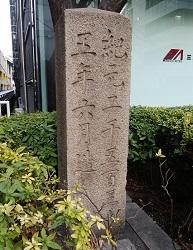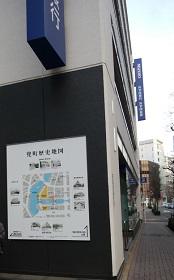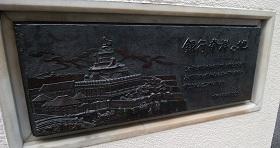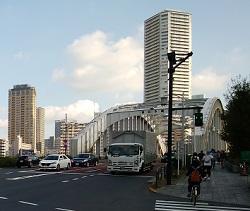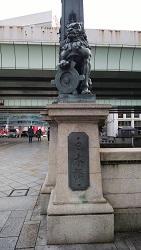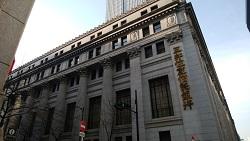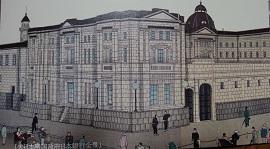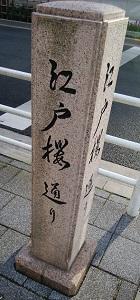This is Edamame, a correspondent with children.![]()
Today, February 15, 2019.
A new type of hotel with rental housing
"HAMACHO HOTEL" has opened!
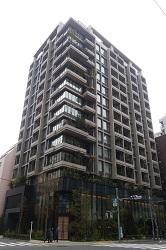
The state of the building is being built as an edamame of neighboring residents.
I was looking forward to seeing you every day.
What is the interest of local residents?
"What kind of good shop can I have?"
That's right. There will definitely be a delicious restaurant in the hotel.
In many cases, high-quality confectioneries are also included.
I'm looking forward to it.
So, first of all, today is the first day of the opening.
It was newly opened in the hotel.
I visited "nel CRAFT CHOCOLATE TOKYO".
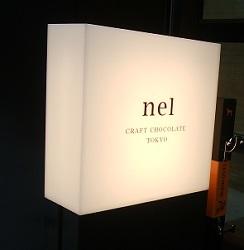
The entrance facing the road has sides and stairs that do not face the main street.
Considering easy-to-understand and barrier-free routes
It might be better to enter from the front entrance of the hotel facing Kiyosubashi-dori.

Enter the hotel entrance and proceed to the back of your right and you will be able to arrive at the store properly.
Well, in the shop right away.
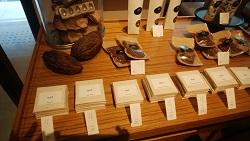
There are various kinds of tablet chocolates right next to the entrance.
It was displayed with cacao.
"Ghana", "Venezuela", "Bunchapbetonam", etc.
There are a lot of chocolates with the name of the cacao production area.
The percentage of cacao seems to be different, and it seems fun to compare eating.
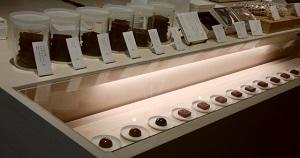
The chocolate bonbon was also displayed here.
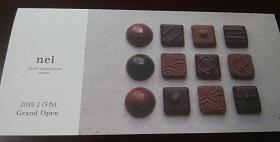
Is it easier to understand the shape of the picture in the pamphlet?
It was made of cacao made by contract farmers in Vietnam
In addition to "Bunchapbentonam"
It is only made from special ingredients such as "Tamba Black Bean Kinako" and "Yuzu".
It is said that the name of the shop "nel" comes from "kneading".
"Delivering chocolate kneaded with carefully selected materials and craftsmanship with true heart."
You're making it with that feeling.
Chef Chocolatier goes to the production area by himself
It contains carefully selected cacao beans and ingredients selected from producers.
Chocolate completed with high technology, incorporating ingredients unique to Japan.
All of them make you feel the high quality.
In addition, "late citrus peel" using Amakusa late citrus from Kumamoto and
"Chocola Show (Chocolate Drink)" etc.
All of them are attractive, and they're in trouble with their eyes.
This is what I bought today.

"Nihonbashi hamachoco" (1080 yen including tax).
It's in your mouth! !
It was a creamy and delicious chocolate with a smooth mouthfeel.
Is there a little liqueur in it? That's what you say
I felt soft later.
(So, this is not a snack of my daughter Azuki (3 years old)
It will be a snack at midnight for mother Edamame![]() .)
.)
There are special items that can only be obtained here.
It seems that you will be pleased when you want to make souvenirs somewhere in the future.
As a local resident, I will continue to take care of you.
Let's compare the eating of tablets this time?
Or would you like to try the Chocolat Show in the cold season?
I'm looking forward to seeing you next time.
And ... a restaurant in the hotel that I haven't visited yet.
I was thrilled to see you in the future.
![]() nel CRAFT CHOCOLATE TOKYO
nel CRAFT CHOCOLATE TOKYO![]()
3-20-2, Nihonbashihamacho, Chuo-ku, Tokyo
Inside HAMACHO HOTEL
03-5643-7123
Business hours 10:00 to 20:00 irregular holidays
![]() HAMACHO HOTEL
HAMACHO HOTEL![]()
3-20-2, Nihonbashihamacho, Chuo-ku, Tokyo

